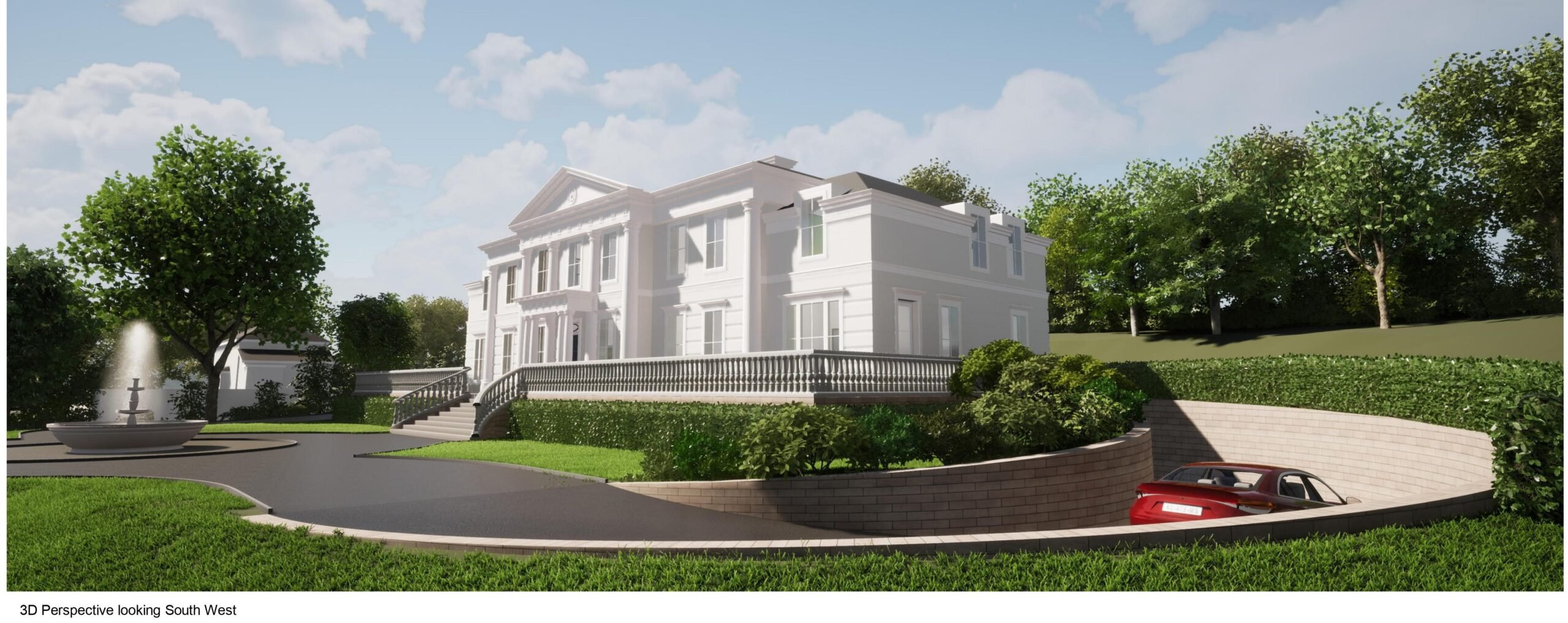May 7, 2024
THE BRIEF

THE PROCESS
- Designing an efficient fabric specification - reducing the amount of energy the dwelling requires
- Specifying an MVHR system that allows the building to be as air tight as possible - further reducing the energy demand
- Biomass heating was chosen as the most effective low carbon option for providing space/water heating to the dwelling
- Finally, the remaining emissions were offset by the installation of renewable technologies, this project utilites Solar PV as well as Wastewater Heat Recovery System
Regulated C02 Emissions – Tonnes per Annum SAP 2012 | |
Baseline Part L Target Emissions | 18.19 |
Efficient Fabric Design & Low U-Values | 12.63 |
After MVHR | 11.75 |
After Wastewater Heat Recovery | 11.15 |
After Wood Fuel Boiler | 5.40 |
After Solar Photovoltaic System | 0 |
We also recognised the possibility of the dwelling being measured against the new regulations that are set to come into force later this year
Advice was given on how the building would perform under the updated measures to allow for planning every eventuality
THE RESULTs
≤ 18.19
Target Emission Rate (TER)
≤ 65.00
Target Fabric Energy Efficiency (TFEE)
0.00
Dwelling Emission Rate (DER)
48.20
Dwelling Fabric Energy Efficiency (DFEE)
PASS
PASS
